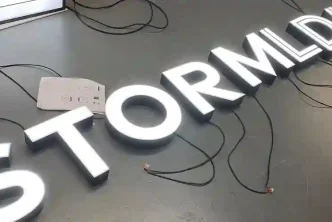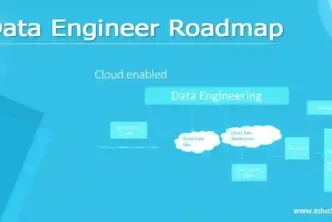Are you exploring a home equity line of credit (HELOC) to unlock your home’s value? While this financing option offers flexibility and convenience, understanding the associated costs is crucial. A HELOC can be a valuable tool for home improvements, debt consolidation, or unexpected expenses, but knowing the fees involved ensures there are no surprises down the line. Let’s break down the key costs you should consider before committing, helping you make an informed decision that aligns with your financial goals.
Upfront Costs to Get Started
Starting a HELOC often comes with upfront costs, similar to securing a mortgage. Common fees include application fees, property appraisal charges, and credit report costs. These expenses ensure that the lender accurately assesses your home’s value and financial stability before approving the credit line.
Another potential cost is a title search fee, which verifies ownership of your property and checks for any liens. These upfront expenses can add up, so it’s wise to factor them into your decision-making process. Some lenders may waive certain fees as a promotional offer, so it’s worth comparing options to save on initial costs.
Variable Interest Rates: What They Mean for You
One of the most significant costs associated with a home equity line of credit is the interest you’ll pay on borrowed funds. Unlike traditional loans with fixed interest rates, HELOCs typically have variable rates based on market conditions. While the initial rate may be low, preparing for potential increases over time is important. AmeriSave highlights that understanding how variable rates work is critical for budgeting, as they can fluctuate with market changes. Opting for a fixed-rate conversion on the part of the balance can provide stability and peace of mind during repayment.
Variable rates can lead to unpredictable monthly payments, making budgeting more challenging. To mitigate this, some borrowers opt for a fixed-rate conversion, which locks part of the balance into a stable rate. Understanding how interest rates work and how they impact overall repayment is key to managing HELOC costs effectively.
Ongoing Fees Throughout the Life of the HELOC
In addition to upfront costs, HELOCs often have ongoing fees. These may include annual maintenance fees to keep the account open, transaction fees for each withdrawal, or even inactivity fees if the line remains unused. These charges vary by lender, so it is essential to review the terms carefully.
Some lenders may also impose minimum withdrawal requirements, meaning you’ll need to borrow a certain amount each time you access the credit line. Understanding these fees and planning how to use the HELOC can help you minimize unnecessary expenses and maximize its value.
Repayment Costs During and After the Draw Period
HELOCs are structured in two phases: the draw and repayment periods. During the draw phase, which typically lasts 5 to 10 years, you can borrow funds as needed and make interest-only payments. While this keeps initial payments low, it’s important to remember that the principal remains unpaid.
Your monthly payments will increase once the repayment phase begins to include both principal and interest. If the interest rate is variable, these payments could fluctuate further, impacting your budget. To avoid financial strain, consider making extra payments toward the principal during the draw period to reduce the overall balance and future repayment obligations.
Hidden Costs and How to Avoid Them
Some HELOCs include hidden costs that can surprise borrowers. For example, early termination fees may apply if you close the account before a specified time, even if the balance is fully paid off. Prepayment penalties might also be charged for paying off the balance ahead of schedule.
To avoid these surprises, read the fine print of your HELOC agreement carefully and ask your lender about any potential hidden fees. Comparing offers from multiple lenders can also help you find a HELOC with transparent terms and fewer added costs.
Making an Informed Decision
Understanding the fees associated with a HELOC helps you weigh the benefits against the costs and determine whether it’s the right choice for your financial needs. From upfront charges to variable interest rates and ongoing fees, being prepared ensures you can use this financing tool responsibly. Explore how a HELOC can fit into your financial plan while minimizing unnecessary expenses. By staying informed, you can make the most of your home’s equity while protecting your long-term financial health.





